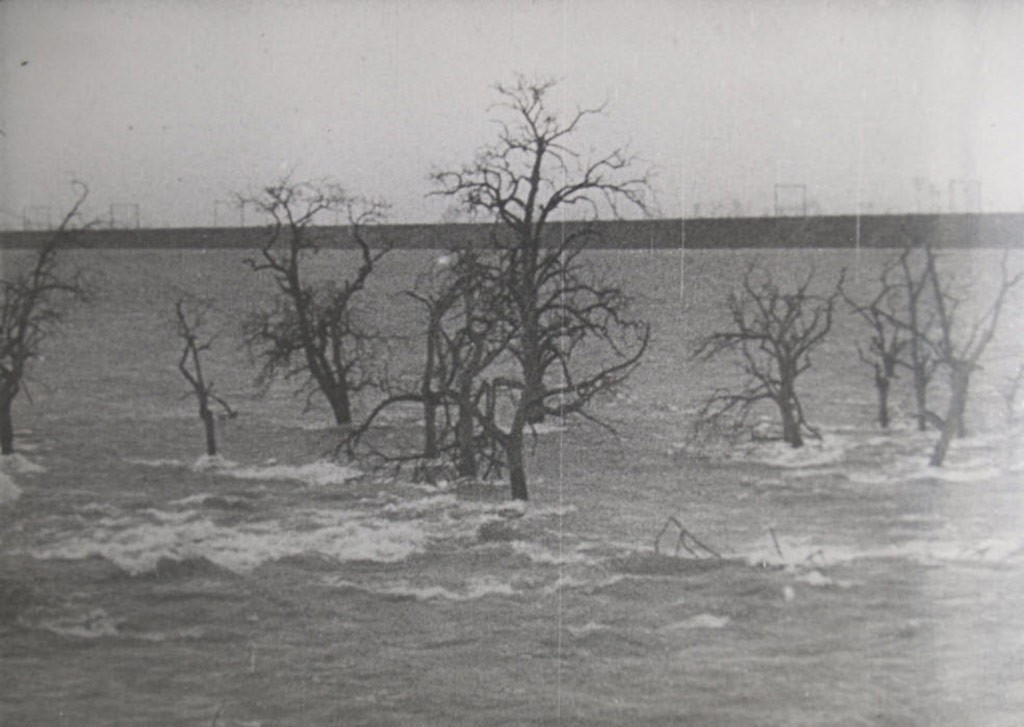After the failure of Operation Market Garden in September 1944 the floodplain between the Waal and Rhine river became a frontline area. The Betuwe, as this region is known, had suffered little during the German invasion of the Netherlands. During the subsequent German occupation the population did face some hardship, but their troubles would pale in comparison to what they had to endure from September 1944 onward. After the Allies had captured the bridges over the river Waal they sought to continue their advance towards Arnhem. They were however bitterly contested by German forces and it soon became clear that the goals of Market Garden would not be achieved.
The Betuwe became the new frontline on the Western front. The fighting continued with heavy shelling from both sides. The civilian population was caught in the middle of all this violence and soon the decision was made to evacuate the area. By December 1944 only 4.000 men, refusing to leave their cattle and other possessions, remained. The area between the Waal and Rhine river came to be known as ‘Men’s Island’ since almost all the women and children were evacuated and the land was surrounded by water. The Betuwe would be liberated in April 1945, just weeks before the German surrender. By then the inhabitants of this unfortunate area had seen war in all its facets. Their houses were damaged or destroyed, their land had been flooded and often friends and family members had been lost. For them the liberation was a bitter experience.
